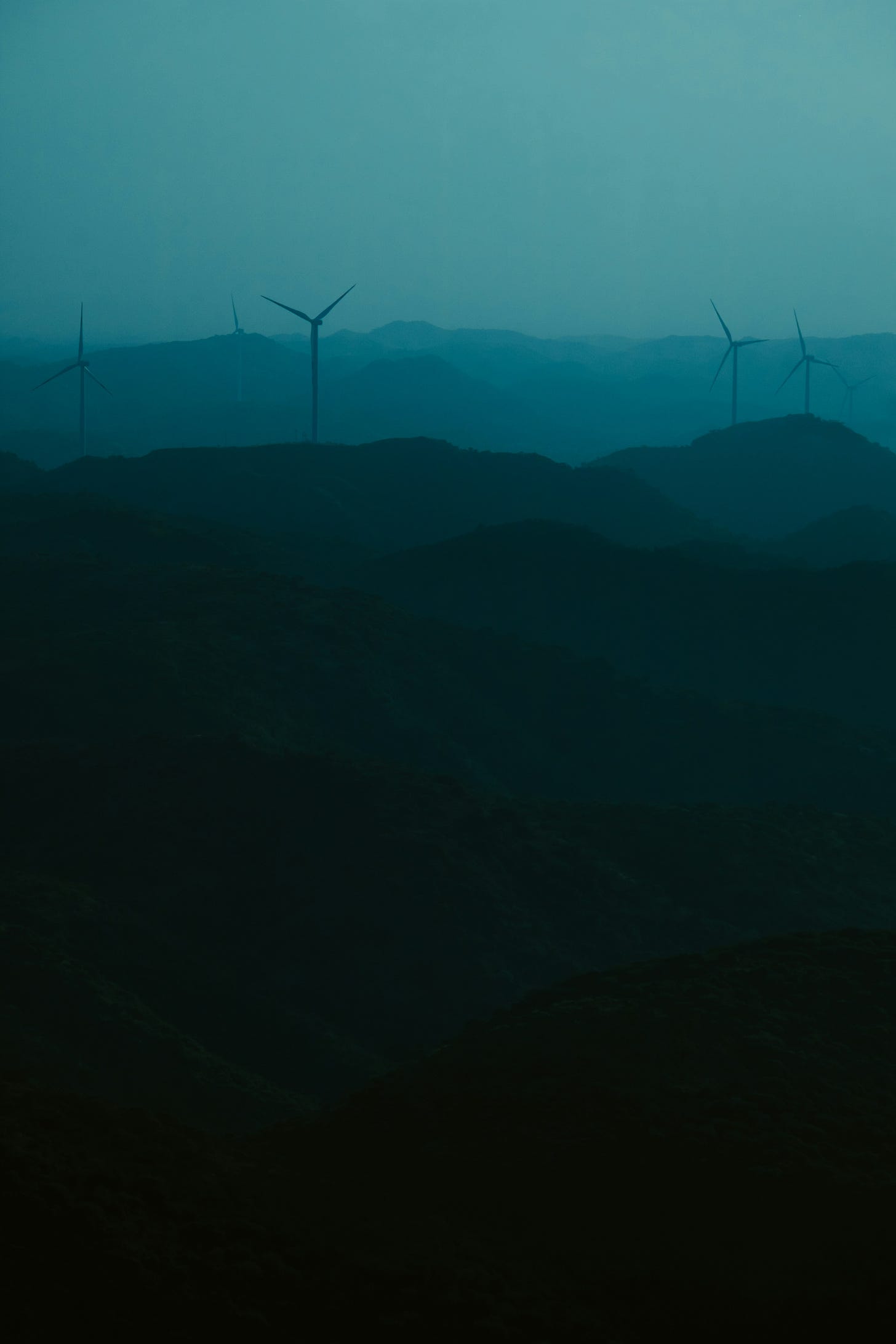
A retired army officer leads his ten adult children into the woods with their families to gaze upon their inheritance, a castle he’s spent the last decade pouring his life savings into that will protect them from marauders when an electromagnetic pulse knocks out modern civilization. He puts them through a weekend of survival training, eating expired MREs and shooting rifles at cans, to see which of them will carry forward his legacy when he’s gone. The castle stands unfinished, with bits of rebar poking through cinderblocks on the edges.
The patriarch has a meeting with all of his children to explain his plan, that he’s going to be evaluating their loyalty. His children go around in a circle, each one trying to one up the other’s expression of gratitude.
It’s almost Shakespearean.
Late that night, a storm arrives and starts throwing down bolts of lighting at the castle, knocking out their generator and making sparks climb across the walls. One of the man’s sons says, “It would be a shame to die while trying to learn how to survive the end of the world.” Fortunately, they don’t die. And yet, this would be a preview of the electromagnetic pulse they fear.
Wouldn’t it?
After this episode of Doomsday Preppers aired on National Geographic, locals in upstate South Carolina started poking around in the woods and found the doomsday castle. As you might expect, someone broke into it and made off with thousands of dollars in gear. They wound up in jail.
Stories like this deliver a kind of irony that I find fascinating in lore about the most extravagant preppers. They prepare for grid failure. They prepare for marauders. They prepare for nuclear war. And yet, they don’t prepare for thunderstorms. They don’t prepare for common thieves.
In a way, it makes sense.




